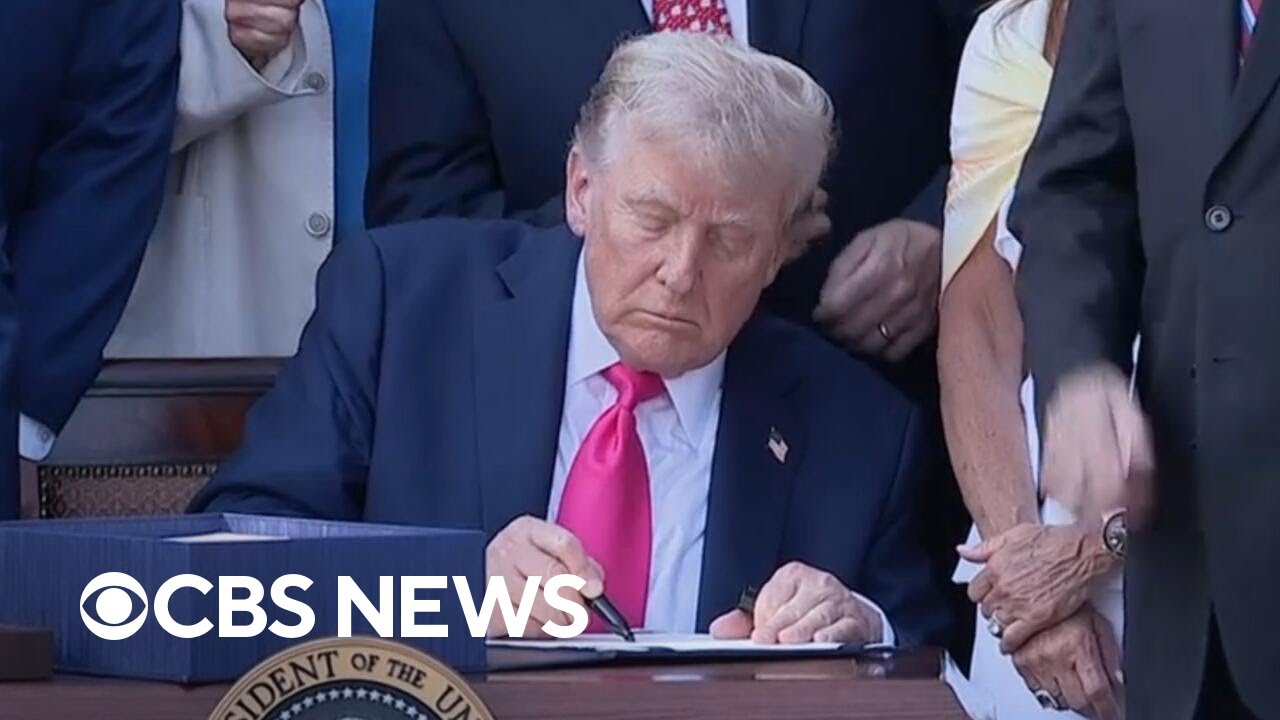The designers of the big beautiful Bill were very smart and they delayed the rollout of the big cuts to healthcare and food assistance until after the midterm in 2026. Here’s what the rollout looks like according to Google.
The “Big, Beautiful Bill” is projected to implement significant cuts to Medicaid and SNAP, with the cuts potentially impacting states starting in 2028. These cuts include shifting a portion of SNAP costs to states and tightening eligibility requirements for both programs.
Here’s a more detailed breakdown:
- The bill is expected to cut federal Medicaid spending by roughly $1 trillion over the next decade.
- These cuts could result in at least 17 million Americans losing health coverage or subsidies that make coverage affordable.
- The cuts could particularly affect states that rely heavily on federal funding for their Medicaid programs.
- States may need to make difficult choices, potentially reducing benefits, restricting eligibility, or increasing taxes to offset the cuts.
- The bill would require states to shoulder at least 5% of SNAP benefit costs starting in 2028, a program currently 100% federally funded.
- Eligibility requirements would be tightened, including raising the work requirement age from 54 to 64 and requiring parents with children over 6 to meet work requirements.
- These cuts are estimated to total $230 billion over 10 years.
- These changes could impact school lunch programs and potentially lead to reduced or eliminated benefits for some families.
Rollout Timeline:
- 2026: Some states may need to start implementing work requirements for Medicaid and SNAP.
- 2028: States are expected to begin sharing in the costs of SNAP benefits.
- Future Years: The cuts to both programs are expected to deepen over time, with the potential for further reductions in coverage and benefits.
Potential Impacts:
- Job losses, particularly in the healthcare and food-related sectors.
- Reduced access to healthcare and food assistance for vulnerable populations.
- Potential strain on state budgets and increased pressure to raise taxes.
- Impacts on rural communities and hospitals, potentially leading to closures and reduced services.
The Big Ugly Bill also exposes the lies and hypocrisy of the Republicans who have posed as fiscal conservatives for decades.
The “One Big Beautiful Bill,” formally known as the One Big Beautiful Bill Act of 2025, is projected to significantly increase the national debt. Estimates range from $3 trillion to $6 trillion over the next decade. This increase is primarily attributed to tax cuts and spending increases, with some provisions potentially adding to the debt if extended beyond their scheduled expiration.
Here’s a more detailed breakdown:
- Projected Debt Increase:
The Congressional Budget Office (CBO) estimates the bill would add $3.3 trillion to the national debt over ten years, according to NBC News. Some other estimates go as high as $6 trillion, including interest costs.
- Revenue Losses and Spending Cuts:
The bill includes substantial tax cuts, particularly for higher earners, and some spending cuts, primarily to social safety net programs like Medicaid and SNAP (food stamps).
- Gimmicks and Extensions:
The bill employs budget gimmicks, like scheduling some tax cuts to expire early in the 10-year window, which can mask the true long-term cost. If these provisions are extended, the debt increase could be even larger.
- Impact on the Deficit:
The bill is expected to widen the federal budget deficit, which is the annual shortfall between government revenue and spending. This, in turn, contributes to the national debt, which is the accumulation of past deficits.
- Economic Impact:
While supporters argue the bill will stimulate the economy, critics contend that the increased debt and potential interest rate hikes could negatively impact the stock market and home values.
In essence, the “One Big Beautiful Bill” is a large-scale piece of legislation that is projected to significantly increase the national debt, primarily due to its tax cut provisions, and raises concerns about the long-term fiscal health of the country, according to the Committee for a Responsible Federal Budget




